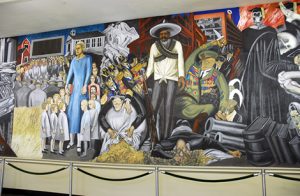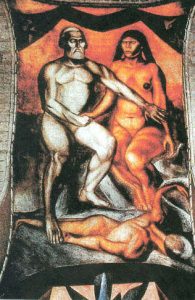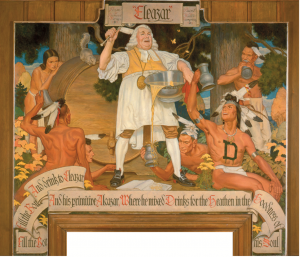(photo taken from https://www.nps.gov/nr/Travel/American_Latino_Heritage/The_Epic_of_American_Civilization_Murals.html)
Revolutionary Mexico:
The Mexican Revolution was integral to the development and popularity of the Mexican muralist movement. The Revolution was near and dear to every citizen - each person could see it play out first hand. Every citizen had an opinion about what was happening in his/her country. The muralists, most notably Los Tres Grandes, were the ones that brought the revolution to the every day person. With the stroke of a brush, they themselves created a cultural revolution. You do not need to know how to read and write in order to observe and think about the murals properly. The murals were a universal way for all citizens to come together.
I do think there are parallels between the artistic representations of Los Tres Grandes and the novel The Underdogs. In the novel, Demetrio is an example of the common man that is depicted in many of the murals. There is also a lot of violence shown throughout the novel, and the murals portray violent scenes and images of warfare.


